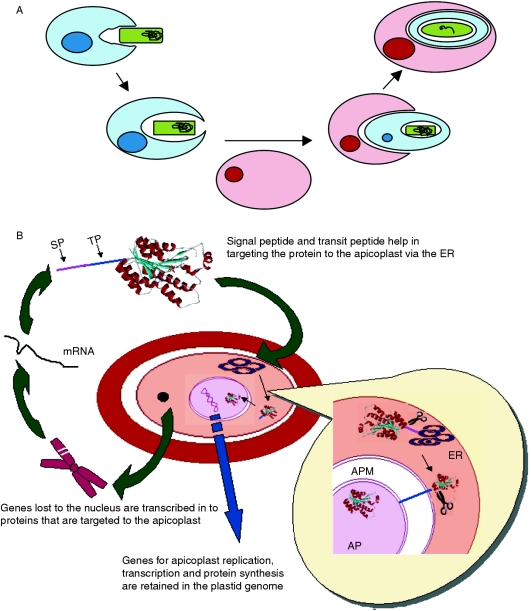Figure 4. Pictorial representation of the origin of the apicoplast.
(A) The photosynthetic cyanobacterium (green) is engulfed by a primary eukaryote (light blue) and some of the genes from the primary endosymbiont are transferred to the host nucleus (dark blue). Subsequently, this eukaryote containing the endosymbiont is engulfed further by a secondary eukaryote (buff). Here again, some genes are transferred to the host nucleus (red) reducing the apicoplast genome to the bare minimum. (B) During evolution, most of the genes were transferred from the plastid to the nucleus. Some of these genes code for proteins destined to the apicoplast (APM, apicoplast membrane). These proteins carry a signal peptide (SP; shown in pink) followed by a transit peptide (TP; shown in blue). The SP directs the protein into the endoplasmic reticulum where it is cleaved by a signal peptidase I. The resultant protein carries the TP, which directs its entry into the apicoplast. The TP is then cleaved by the plastid peptidase. Thus the nuclear-encoded proteins enter the apicoplast by a bipartite targeting signal.

